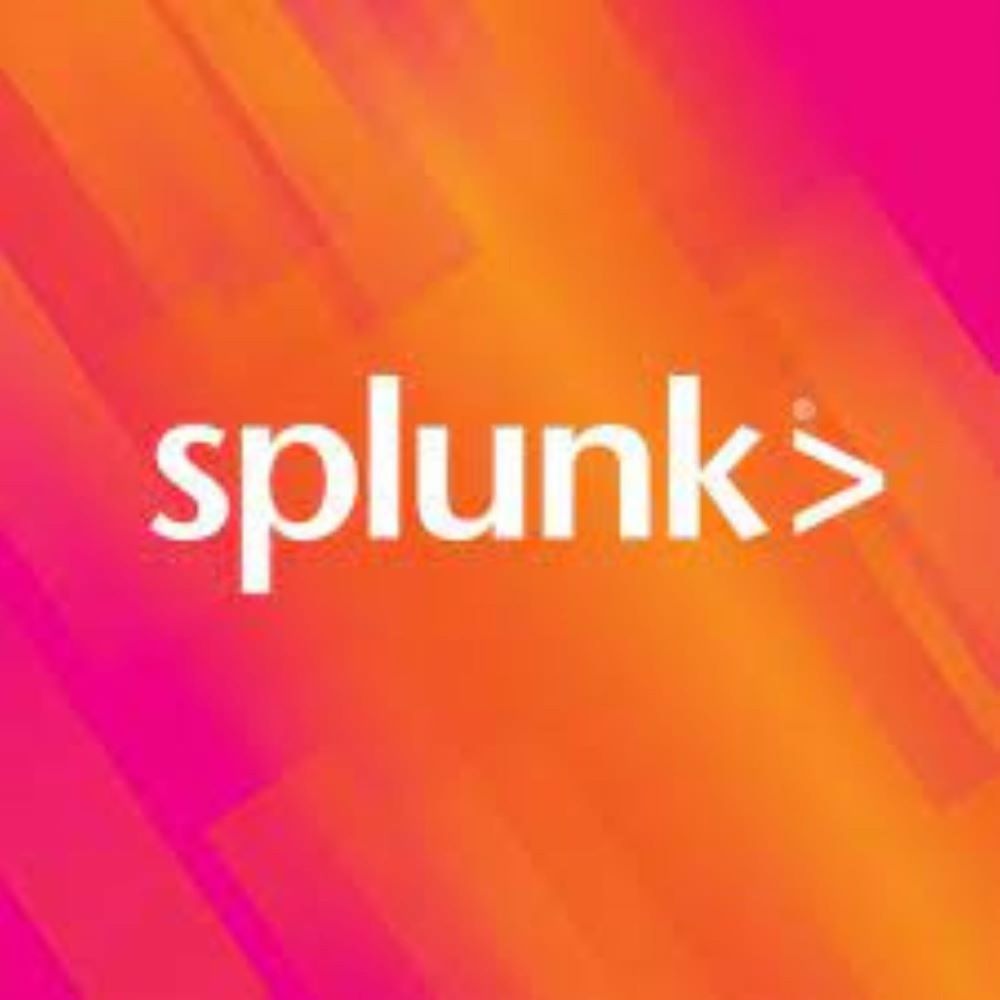Splunk Indexing Best Practices

Image source: Splunk media kit
Introduction:
Splunk indexing lies at the heart of data analysis, enabling organizations to search, analyze, and visualize vast amounts of machine-generated data in real-time. However, to ensure optimal performance and efficient use of storage resources, it's essential to implement indexing best practices. In this article, we'll explore the key considerations and strategies for maximizing the effectiveness of Splunk indexing.
1. Understand Your Data:
Before diving into indexing, it's crucial to understand the nature of your data. Consider factors such as data volume, velocity, variety, and veracity. Different types of data may require different indexing strategies to achieve optimal performance and storage efficiency.
2. Define Data Retention Policies:
Establish clear data retention policies to determine how long data should be retained in the Splunk index. This helps manage storage costs and ensures compliance with regulatory requirements. Consider factors such as data relevance, compliance mandates, and business needs when defining retention periods.
3. Choose the Right Indexing Strategy:
Splunk offers various indexing strategies, including event-based indexing, timestamp-based indexing, and structured data indexing. Evaluate your data sources and requirements to determine the most suitable indexing strategy for your use case. For example, timestamp-based indexing may be ideal for time-series data, while event-based indexing may be more suitable for unstructured logs.
4. Optimize Data Volume:
Reduce unnecessary data volume by filtering out irrelevant or redundant data before indexing. Use Splunk's props.conf and transforms.conf configurations to preprocess data, extract relevant fields, and apply filters. This reduces indexing overhead, improves search performance, and conserves storage space.
5. Implement Data Normalization:
Normalize data to ensure consistency and standardization across different data sources. Define common field extractions, event types, and tags to streamline data analysis and enhance search capabilities. Data normalization simplifies search queries, accelerates data correlation, and improves the accuracy of search results.
6. Scale Indexing Infrastructure:
Scale your indexing infrastructure to accommodate growing data volumes and user demands. Distribute indexing workloads across multiple indexers to achieve high availability, fault tolerance, and horizontal scalability. Consider factors such as data ingestion rates, indexing throughput, and storage capacity when scaling your Splunk environment.
7. Monitor and Optimize Indexing Performance:
Regularly monitor indexing performance metrics such as indexing throughput, CPU utilization, and disk I/O latency. Use Splunk's monitoring tools and performance dashboards to identify bottlenecks, optimize configurations, and fine-tune indexing parameters. Adjust indexing settings based on workload patterns and resource utilization to maintain optimal performance.
8. Leverage Indexer Clustering:
Implement indexer clustering to enhance indexing reliability, scalability, and performance. Indexer clustering distributes data across multiple indexers, providing redundancy and load balancing capabilities. Configure indexer clustering with replication and search factor settings to ensure data availability and resilience against hardware failures.

Image source :How Indexing Works
Conclusion:
By following these Splunk indexing best practices, organizations can optimize indexing performance, maximize storage efficiency, and derive valuable insights from their machine-generated data. Understanding data characteristics, defining retention policies, choosing the right indexing strategy, and implementing scalability measures are key steps in achieving effective Splunk indexing. By continually monitoring and optimizing indexing performance, organizations can harness the full potential of Splunk certification for data analysis and decision-making.


